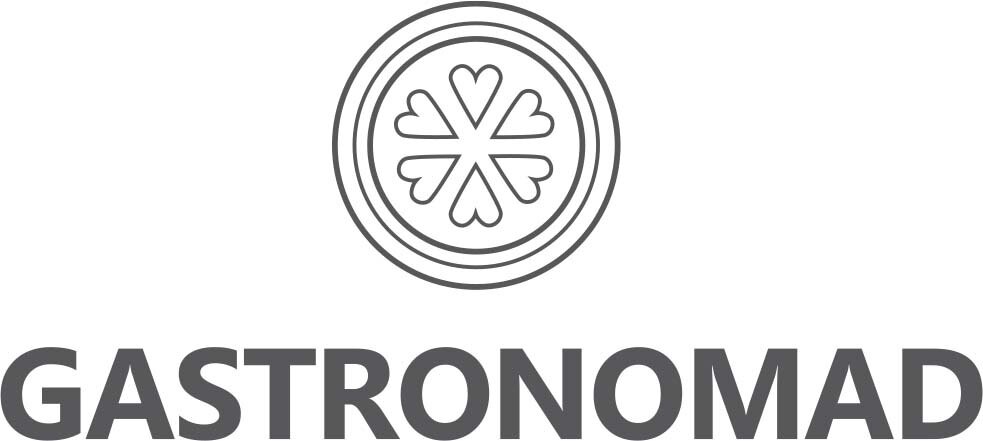One of the great joys of living in Spain is tapas culture. In its purest form, the enjoyment of tapas involves long evenings drinking slowly and talking rapidly. Each new round of beer or wine is accompanied by a small plate of delicious food traditionally chosen and paid for by the bar.
One joy about tapas: the element of surprise. No paralysis of choice. No buyer's remorse. You get what they give you. There's no menu. There’s no charge. It's wonderful.
Great tapas are one of the greatest food experiences you can enjoy.
Tapas are mostly an Andalusian thing. Outside Southern Spain, tapas often work differently.
Here's Barcelona's dirty little secret: Great tapas this town are hard to find.
There are two main reasons for bad tapas in Barcelona.
Many tapas restaurants list tapas on a menu, and charge for each dish individually. There's nothing wrong with that. In fact, it's a good thing, because it enables tapas to include more expensive ingredients and for the customer to be charged accordingly.
But most Barcelona tapas restaurants list their tapas on a permanent menu. And that's a problem.
Tapas tend to be best when they're assembled with ingredients of opportunity — seasonal produce, seafood that happens to be abundant in high quality on a random Tuesday, that sort of thing. Constructing an all-year, every-day menu means tapas bars will exclude seasonal ingredients and special ingredients.
There are ways around this, of course. Some tapas bars offer "specials" of the day or simply inform customers which items on the menu are unavailable.
The biggest problem with tapas, however, is when they're designed for tourists rather than locals.
Here in Barcelona, tapas bars are everywhere. Instead of tapas being made constantly and coming fresh out of the kitchen, they're often pre-made in large quantities, then displayed and stacked on plates on top of a counter top in a way visible to passers-by. Bars try to be more impressive by making large quantities and showing them off in large stacks.
Technically, these aren't tapas. They're called pinchos. And they're sort of like the Basque version of tapas. Unlike tapas, pinchos are not traditionally "free." You pay for them separately from drinks. Most pinchos involve something placed on top of a slice of bread with a single toothpick holding it all together. Sometimes they add up your "bill" by counting the toothpicks left behind.
A typical scenario on major tourist thoroughfares in Barcelona is a charming old-looking establishment that says "Tapas" on the outside, but with pinchos on the counter. That's the winning combination. The reason is that tourist are more familiar with the word "tapas" but pinchos are stackable and impressive.
In the tourist places, these stacks of pinchos often sit there for hours. The bread is getting soggy and stale simultaneously. Grime and dust from the city are coating them. Making matters worse, items are designed to survive this ordeal and still look vaguely edible by the time they eventually reach somebody's mouth. So they tend toward big slabs of meat or fish, and entire categories of tapas and pinchos are eliminated.
In other words, when you're targeting tourists, tapas don't have to taste good. They don't even have to be tapas. They have only to look good. So all effort is focused on the appearance and ingredients, food handling and other aspects suffer. Tourists aren't going to become regulars anyway, so no harm done to the business if the food sucks. (In real tapas culture, each bar is in a contest with the other bars for the affection of regulars.)
Another problem is that Spaniards like to close their shops for siesta, national and local holidays, and for family time when the kids are out of school. In a tourist-intensive city like Barcelona, non-Spanish tapas bar owners (immigrants from Asia or the Middle East, mostly) have an advantage. They stay open during siesta and holidays, and can thereby make a lot more money — enough to pay inflated building rents in heavily trafficked areas.
All this results in the proliferation of tapas bars in tourist areas that aren't owned by Spanish people, aren't coming from tapas culture and don't have good tapas and they advertise with mishandled pinchos. These bars are a simulacrum of real tapas bars, but the tourists keep them in business.
Tapas and pinchos are like pizza. Even when they're bad, they're still pretty good. And when they're good, they're spectacular.
The good news is that incredibly great tapas and pinchos bars do exist in Barcelona, and we have found them all.
During our Barcelona Experience 2017, we're not going anywhere near tourist tapas. We're going straight to the best tapas made with high quality and seasonal ingredients that are fresh and made to order. And, of course, we’ll enjoy some freshly made pinchos, too! Come and experience the real Barcelona with us and the best bar food this beautiful city has to offer.
There's nothing in this whole world like great tapas and pinchos in an authentic or visionary bar in Barcelona. You simply MUST experience this.
Get our free email newsletter! (It takes 3 seconds to subscribe!)




